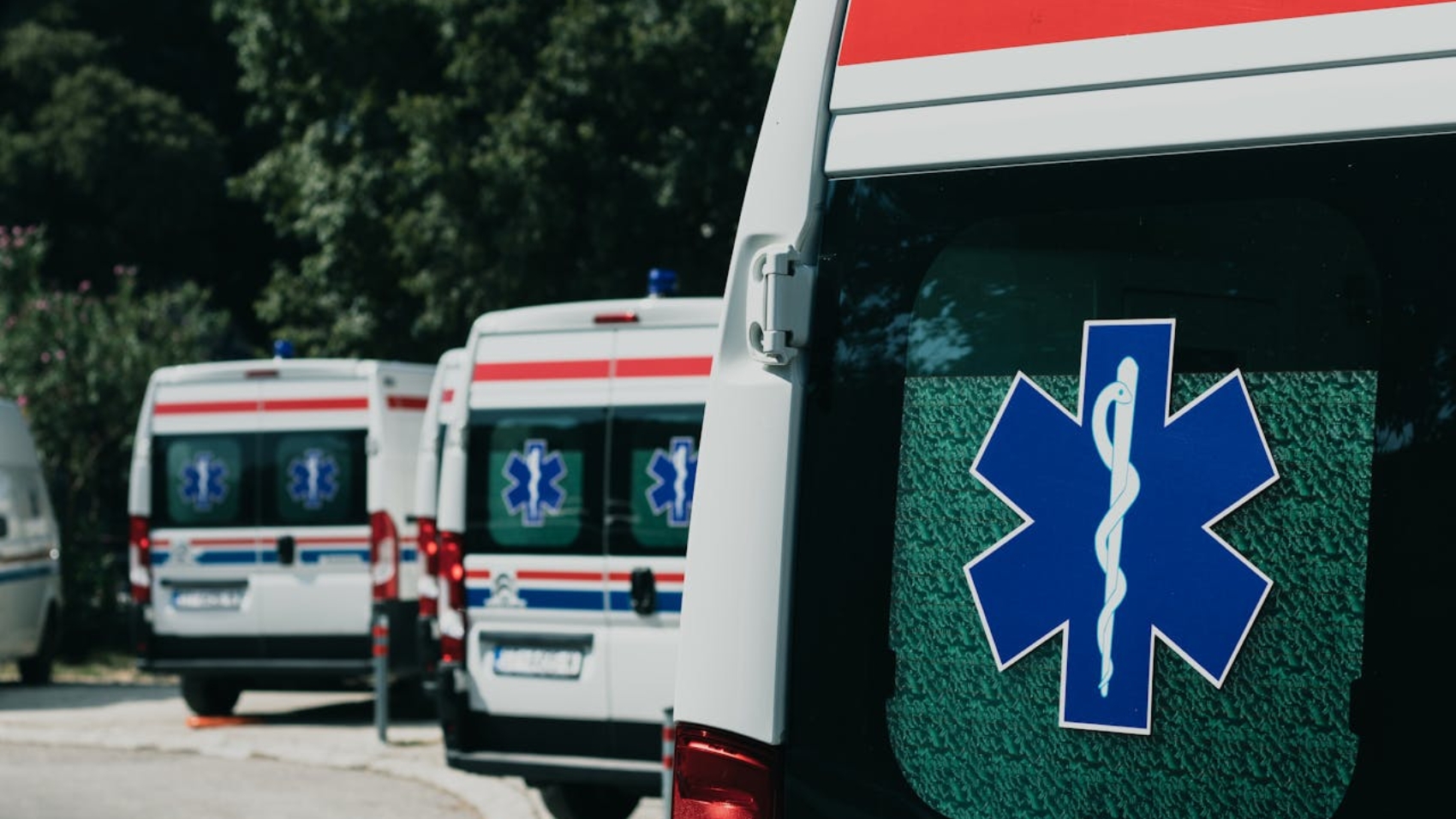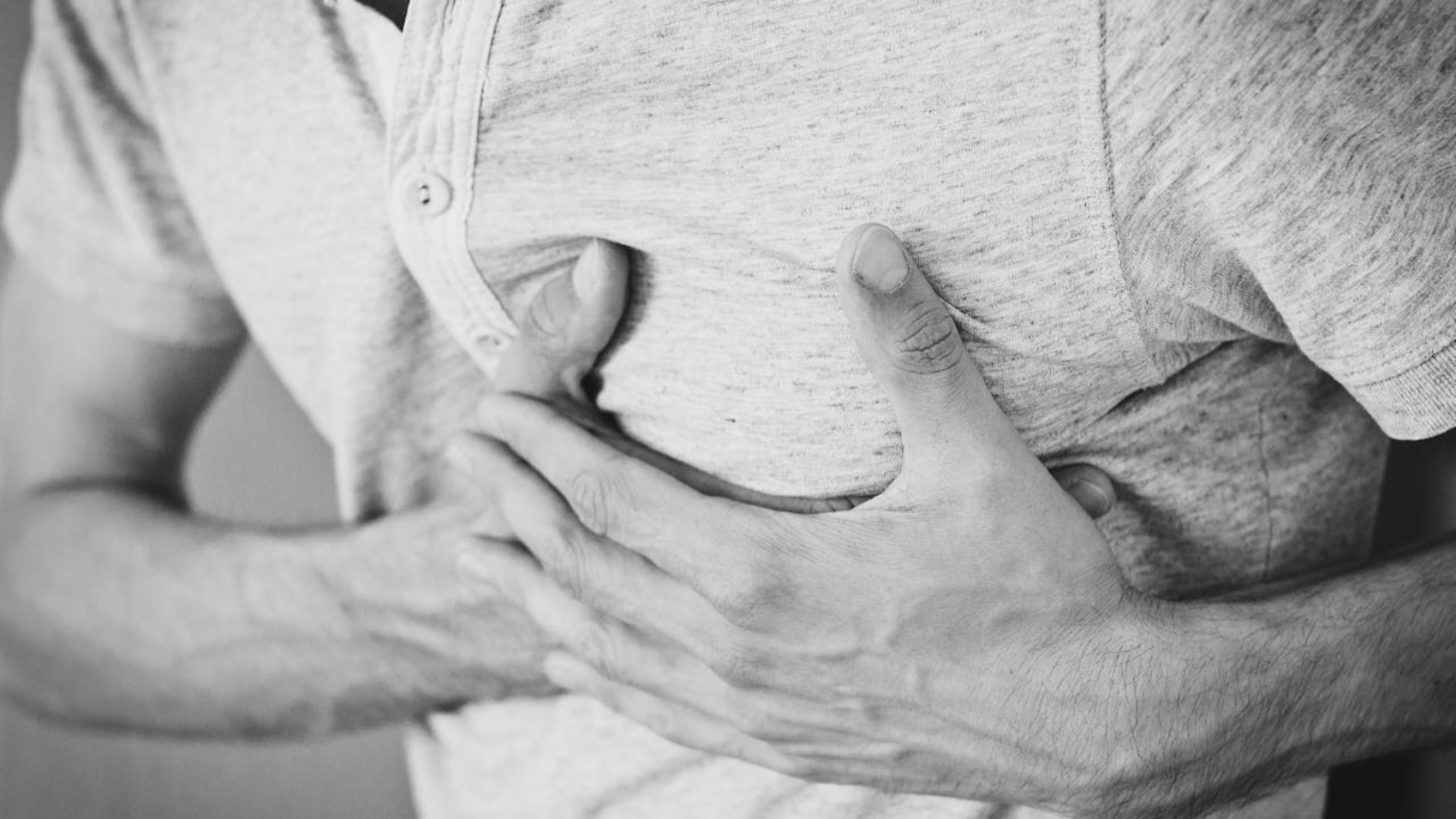Falls are a leading concern among adults aged 65 and older, with one in four experiencing a fall each year. Despite our best efforts to prevent them, accidents can happen. Being prepared with an emergency plan can make a crucial difference in managing the situation effectively. Here’s how to stay ready and informed.
Why You Need an Emergency Plan
Falls can cause injuries ranging from minor bruises to severe fractures or head trauma. Knowing what to do immediately after a fall ensures timely care, reduces anxiety, and can even save lives. Planning ahead allows you to make decisions calmly, avoiding hasty or stressful choices during an emergency.
Steps to Take Before a Fall Occurs
1. Arrange for Assistance
Identify a reliable emergency contact who can help you in case of a fall. This person could assist with decision-making, transportation, or post-fall care. Ideally, your emergency contact should live nearby and also serve as your health care proxy—the individual authorized to make medical decisions on your behalf if you’re unable to.
Set up a durable power of attorney for health care to formalize this arrangement. Free templates are often available through state health departments or non-profit organizations.
2. Consider a Medical Alert System
A medical alert system can provide peace of mind by connecting you to help at the press of a button. These devices, worn as pendants or wristbands, can automatically detect falls and alert emergency responders. Modern options include smartphone apps and smart speaker integrations, offering versatility to suit different lifestyles.
3. Prepare Your Home
Fall-proof your living environment to minimize hazards. Key steps include:
- Removing throw rugs and securing loose cords.
- Installing grab bars in bathrooms and sturdy handrails on stairs.
- Adding night lights in frequently used areas, such as hallways and bathrooms.
- Ensuring clear pathways by rearranging furniture if needed.
Emergency Plan: What to Do After a Fall
Assess Your Emergency plan Condition
If you fall, stay calm and take stock of your situation. Can you move your limbs? Do you feel any sharp pain? Did you hit your head? Even if you feel okay initially, delayed symptoms like headaches, dizziness, or muscle weakness might appear hours or days later. These could indicate hidden injuries requiring medical attention.
Call for Help
Contact your emergency contact or call 911 if necessary. Always seek immediate help if you:
- Hit your head, especially if you’re on blood-thinning medication.
- Experience severe pain, bleeding, or difficulty moving.
If the situation feels less urgent, reach out to your primary care doctor for advice. They can guide you on whether further evaluation is needed.
Understanding Medical Evaluations
Your next steps depend on the severity of your fall and symptoms. A visit to a doctor’s office might involve basic tests for vision, balance, and cognition, along with a medication review. If you’re taken to a hospital, expect more extensive evaluations such as X-rays or brain scans to rule out fractures or head injuries. Severe cases may require surgery, physical therapy, or even rehabilitation.
Emergency Plan for Recovery
Recovery from a fall can disrupt daily life. Plan ahead for practical needs like grocery shopping, transportation, or hiring temporary in-home care. Discuss options with family members or your health care proxy to ensure you’re supported during your recuperation.
Preventing Future Falls
While falls can’t always be avoided, proactive measures can significantly reduce risks:
- Use Assistive Devices: Always rely on your cane or walker if prescribed. Avoid using furniture for support.
- Adjust Slowly: When getting out of bed, sit up first and pause before standing to avoid dizziness.
- Address Underlying Health Issues: Consult your doctor about managing balance problems, vision impairments, or side effects from medications.
Why Preparation and Emergency Plan Matters
Taking the time to prepare for potential falls ensures better outcomes for your health and safety. By understanding the steps to take during and after a fall, you can act confidently and protect your well-being.


